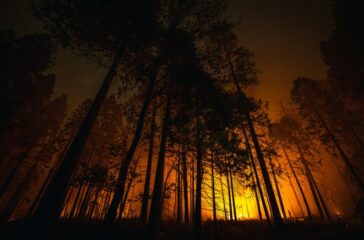Postcard from California: The human cost of living with wildfires
By Bill Walker
The toll of wildfire in California is staggering: In the last 10 years, wildfires have burned more than 13.6 million acres of the state and taken the lives of 144 people, including 15 firefighters. The state estimates property damages from the more than 93,000 wildfires in those years at nearly $250 billion.
 EWG
EWG